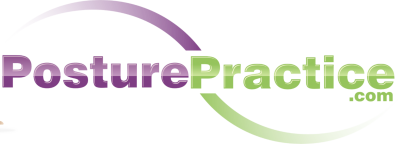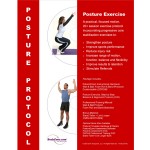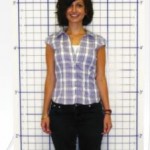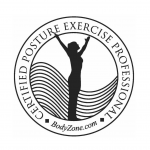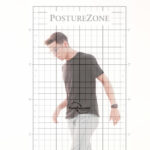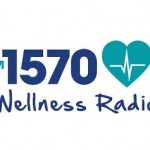ICD-10 and Posture Syndromes
Many posture-focused professionals have asked me about ICD-10 coding for posture like Upper and Lower Cross syndromes, as well as other structural and posture imbalances. These are real bio-mechanic issues that respond well to care, but for all ICD-10’s specificity, there aren’t good ICD-10 diagnosis for posture conditions.
The reason: Postural asymmetries, patterns, and other bio-mechanic adaptations are observations, not a diagnosis.
So for low back pain, M54.5 in ICD-10 (what was 724.2 in ICD-9) describes the symptom and can be a diagnosis. If there’s a lower cross syndrome, you know muscle and stress patterns to address passively (SMT and MT) as well as actively with StrongPosture® exercise. But Lower Cross is not a diagnosis. However, it’s a posture observation and can be a contributing component of a more definitive diagnosis. Even though it’s not coded, it should be documented properly so that when necessary you can try to justify longer term treatment.
On the other hand, you can roughly address posture as a somatic dysfunction, and support that with upper or lower cross as an observation:
- M99.03- Segmental and somatic dysfunction, Lumbar region. This is analogous to 739.3 in ICD-9Also of interest:
- M99.01- Segmental and somatic dysfunction, Cervical region
- M99.02- Segmental and somatic dysfunction, Thoracic region
- M99.04- Segmental and somatic dysfunction, Sacral region
- M99.05- Segmental and somatic dysfunction, Sacroiliac, hip, pubes region
Other postural considerations are R29.3- Abnormal posture. But again, this is in the signs and symptoms chapter, and so it is not a definitive diagnosis.
Also in this realm, the M-40 codes cover abnormalities of kyphosis and lordosis, and the M-41 codes cover scoliosis. M62.89 is in Other specified disorders of muscle, and could be a catch all (which means it’s more likely to be scrutinized).
If you’re not already using it, we recommend the uPAQ form from PostureMonth.org. The free resource is currently available as a free download >>>
If you’re interested in helping patients with posture, your a good candidate for the posture specialist certification program. Take a look and let us know if you have any questions.
CPEP - Certify as a Posture Specialist!StrongPosture® is a systematized posture rehab protocol. Purchase the StrongPosture Program and take the latest training as an online course or hands-on seminar.
Thanks to Dr. Gwilliam for his insight on ICD-10
